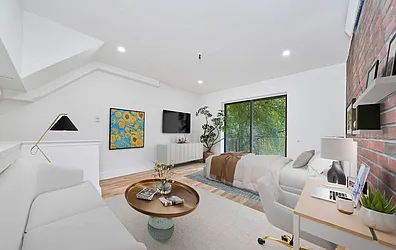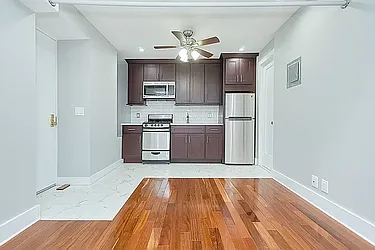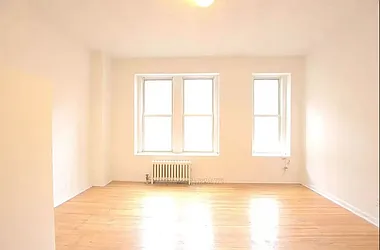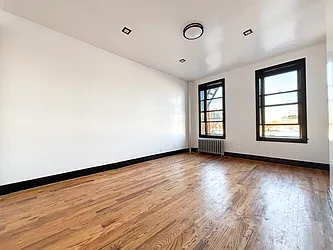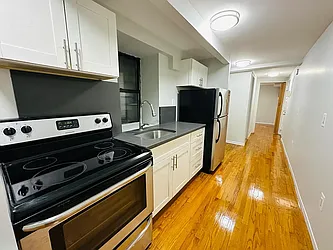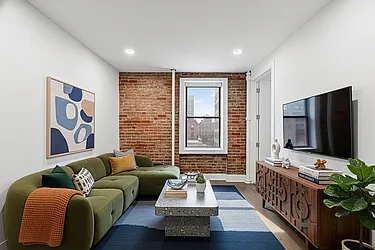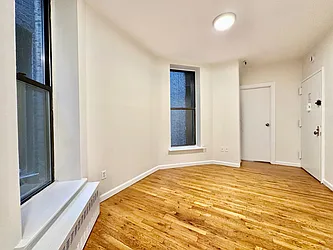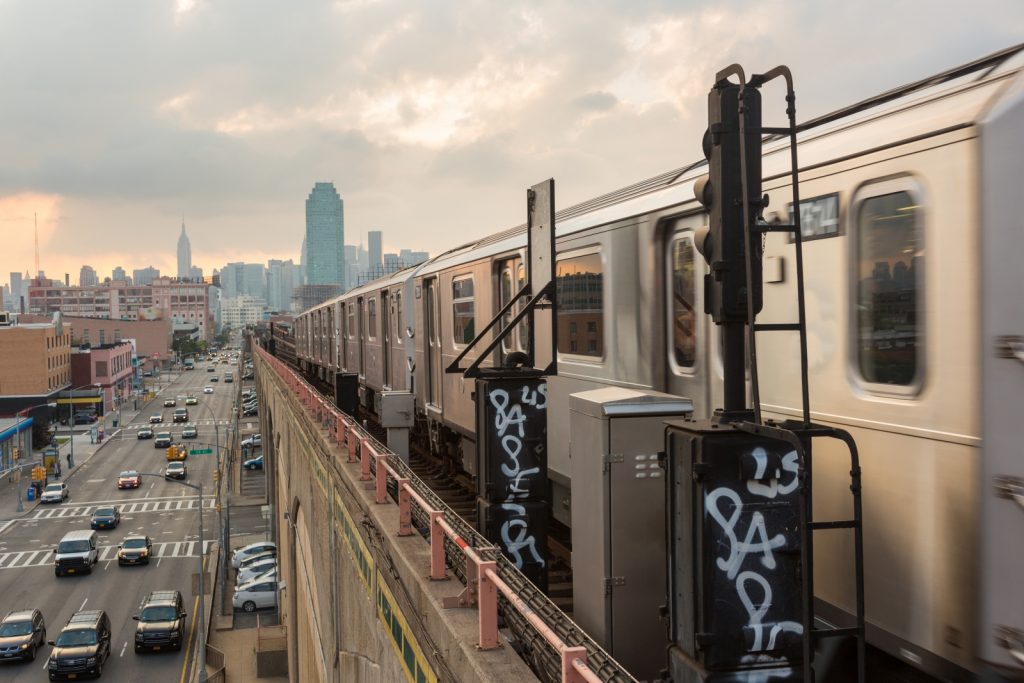
On paper, the MTA Subway map seems to make it obvious which neighborhoods are best and worst for subway access. In reality, however, a neighborhood that looks like it has excellent subway access can prove otherwise — and vice versa. In order to truly determine which neighborhoods are best and worst for using the subway in New York, we dug into the numbers. Using proprietary StreetEasy map data, we calculated the median walking distance in miles based on all StreetEasy rental inventory. Our findings prove that maps can be deceptive, and that good subway access is not necessarily related to proximity to Manhattan.
In Manhattan, Subway Access Varies Drastically Between Neighborhoods
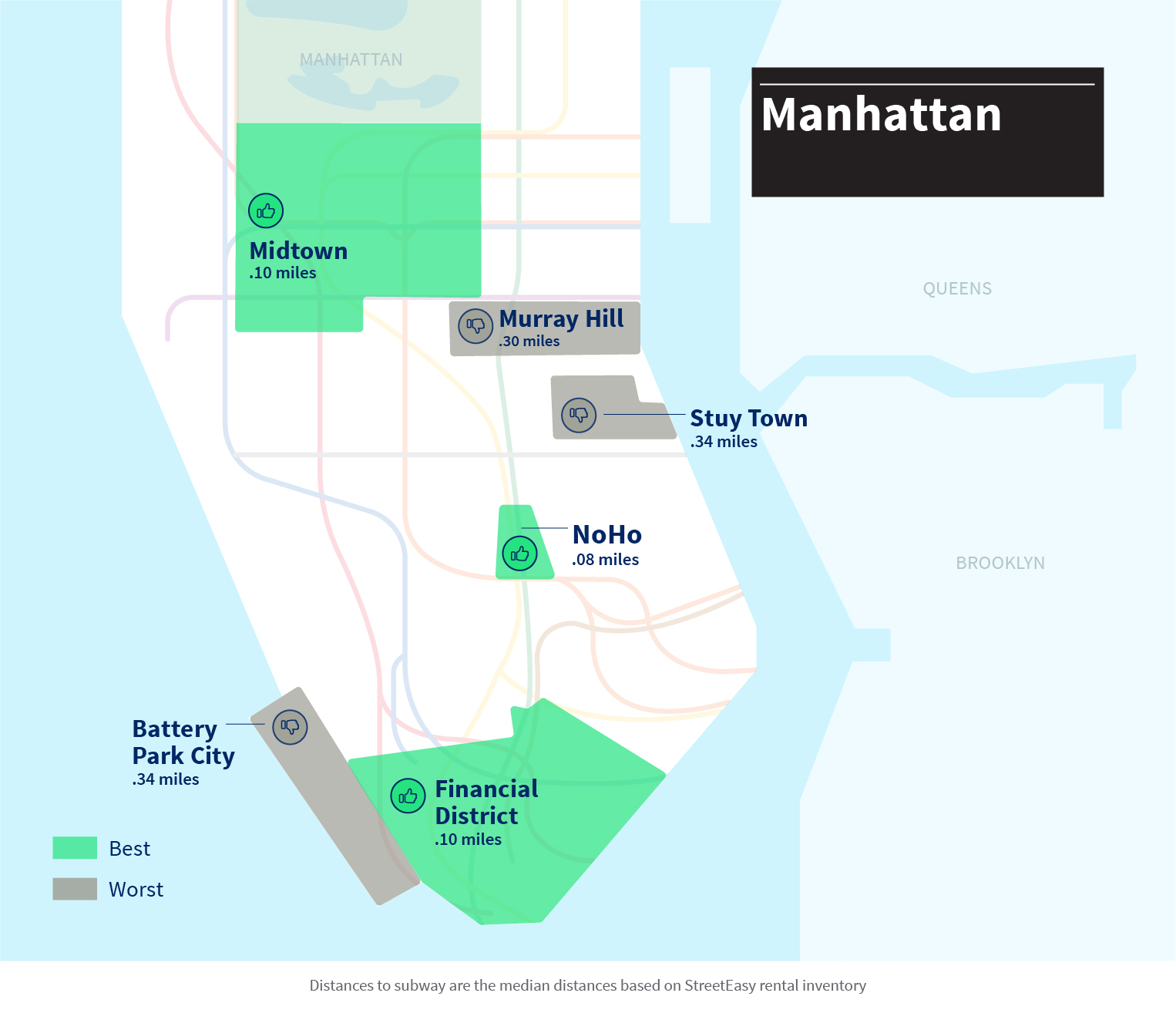
It’s no surprise that Manhattan has the city’s best access to subways. The easiest neighborhoods for subway access are often less than .1 miles from the subway, while the least convenient are really not that bad, often just over .3 miles from the nearest subway station. At a New Yorker’s pace, that amounts to less than a 10-minute walk.
While this isn’t revelatory, our research did produce some interesting findings. Counter to popular assumption, the neighborhoods with the worst subway access are not those furthest from Midtown or Downtown, but rather those directly adjacent to neighborhoods with great subway access. Take Battery Park City, for example — Manhattan’s worst neighborhood for subway access. From here, residents can expect about a .3-mile walk to a station. One neighborhood over in the Financial District, however, residents enjoy some of the city’s best subway access.
Major Transportation Hubs Determine Brooklyn’s Best Subway Access
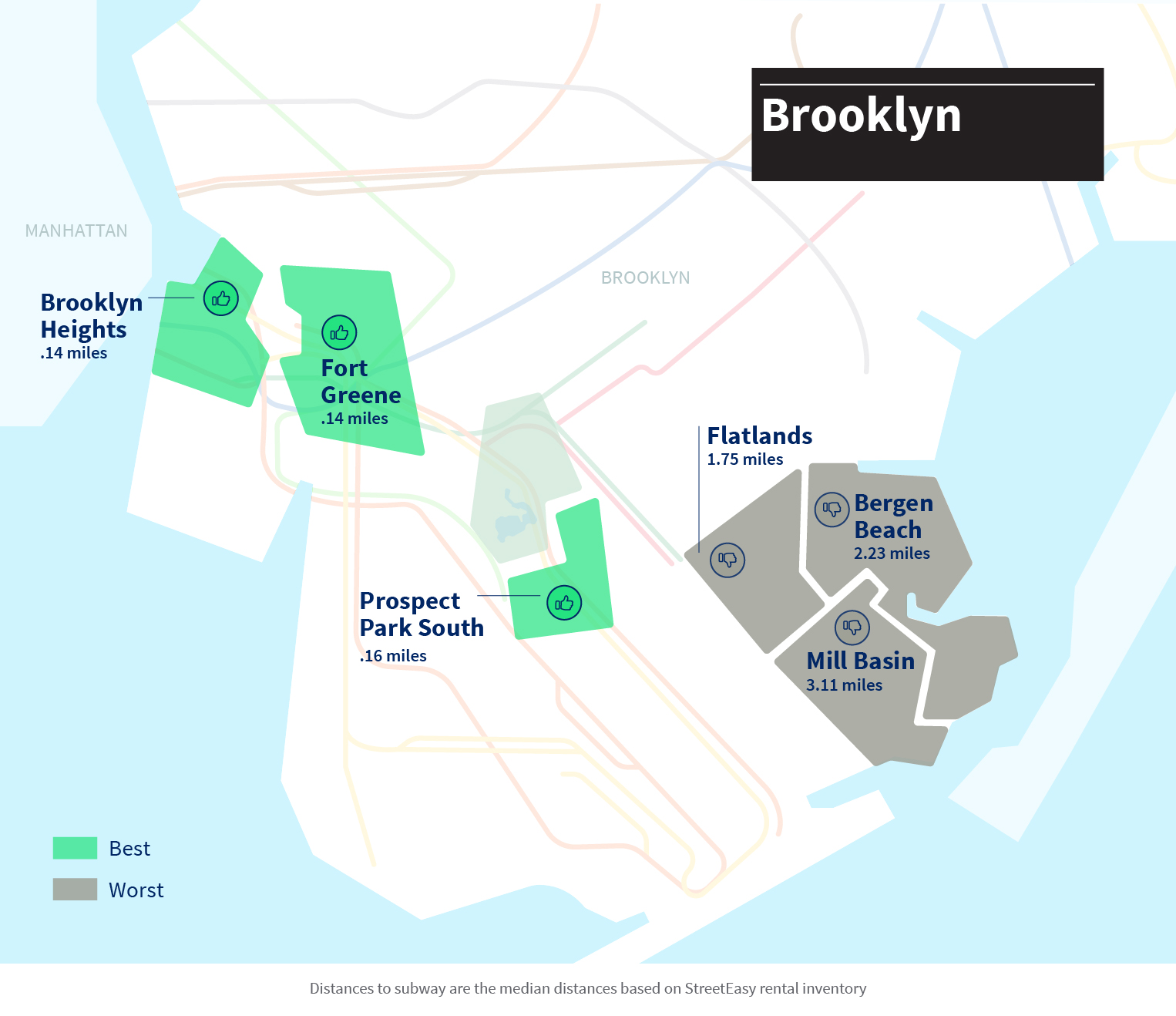
In Brooklyn, neighborhoods clustered around Downtown Brooklyn and Borough Hall offer the best access to subways. Brooklyn Heights and Fort Greene rank first and second, with median distances of .12 and .14 miles to the subway. This is only slightly farther than the top-ranked neighborhoods in Manhattan, dispelling the notion that living in Brooklyn means longer walks to the subway. The major transportation hubs of Atlantic Avenue and Borough Hall are significant factors in these neighborhoods’ subway access.
Farther afield, Prospect Park South also ranks among the best neighborhoods for subway access. Although it’s a bit of a dark-horse contender, the small, central Brooklyn neighborhood is girded to the west by the F and G lines and to the east by the B and Q lines, ensuring median walks of .16 miles.
The worst neighborhoods for transportation access are as you might expect — the large coastal enclaves found in south Brooklyn. In these areas, distance to the subway skyrockets, making the walks in Manhattan seem nominal. Homes in Mill Basin, the borough’s worst neighborhood for subway access, have a median distance to the subway of more than three miles.
Distance to the Subway Grows Radically in Queens
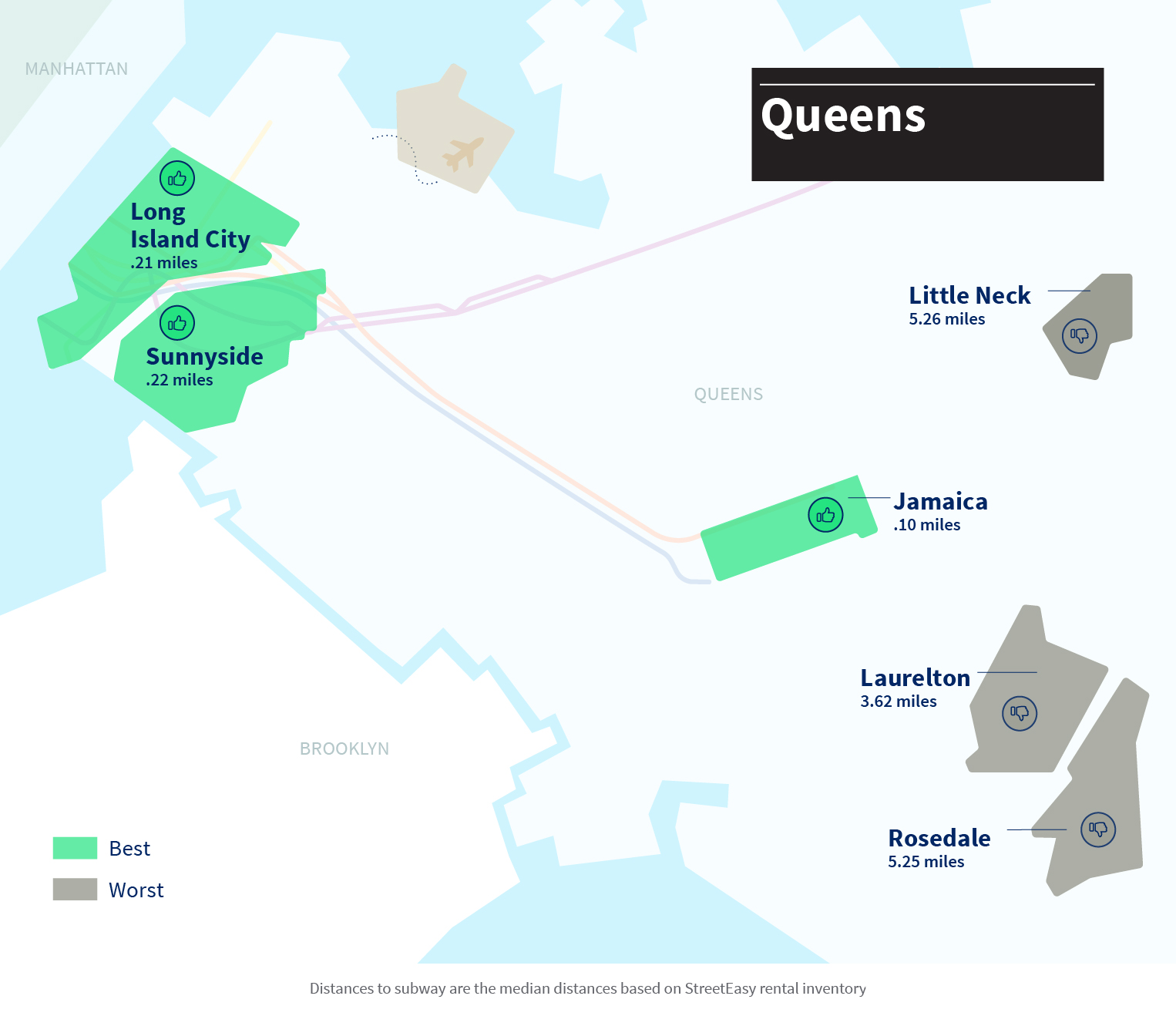
Like Brooklyn, Queens’ northern coastal neighborhoods have some of the best subway access, while its eastern and southern neighborhoods have some of the worst — not just in the borough, but in the entire city. Despite its location in deep central Queens, Jamaica is one of the borough’s best neighborhoods for subway access, with the median distance to subway clocking in at .1 miles. On the opposite end of the spectrum is Little Neck, a practically suburban neighborhood dense with single family homes and driveways. There the closest subway is more than five miles away.
The Bronx Is Better Than You Might Expect
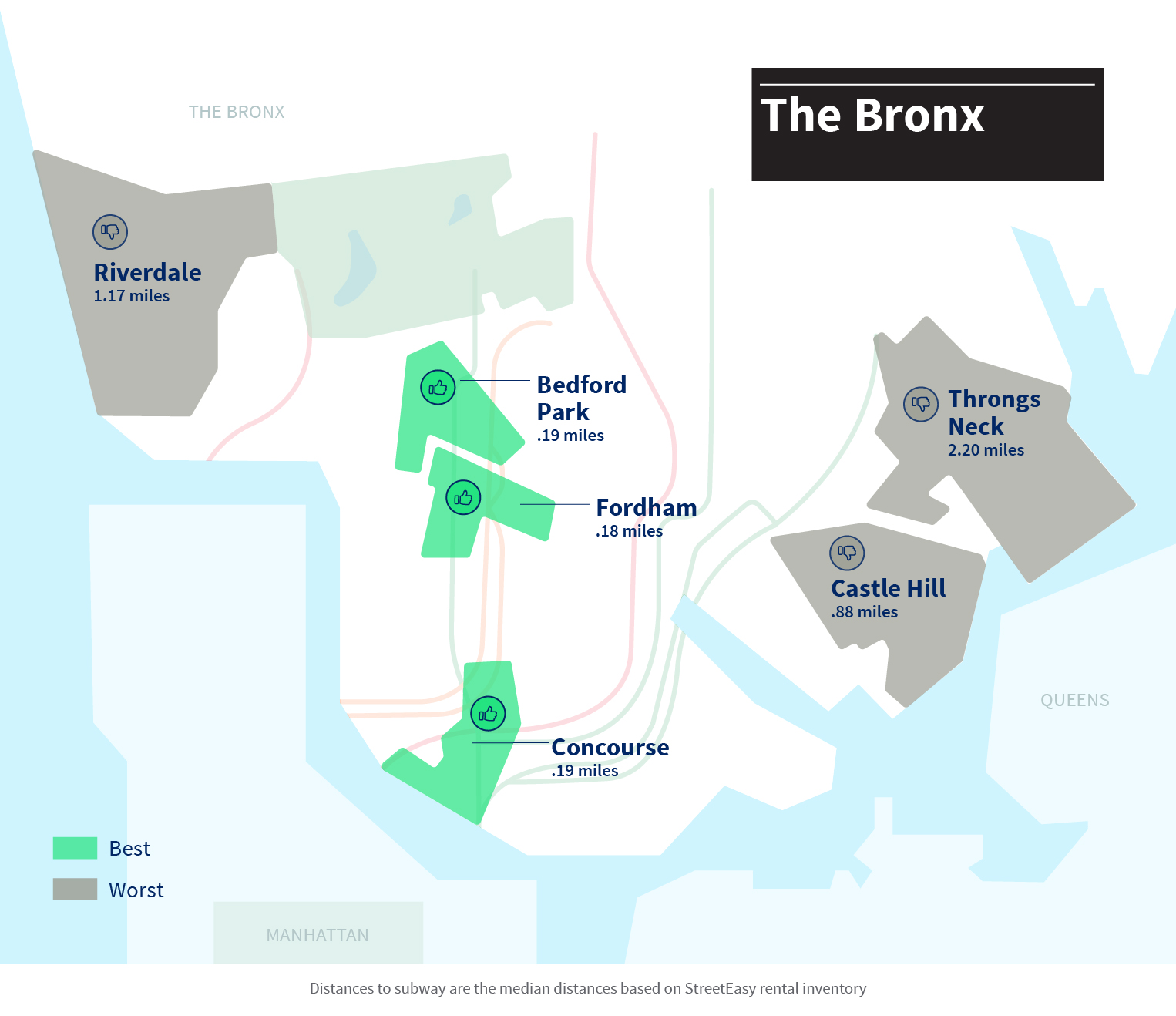
Manhattan Rentals under $2500 Article continues below
Although the Bronx is often maligned for its distance to Manhattan and isolation from reliable public transportation, it fares far better than Queens and even in some cases Brooklyn. The best bets for subway access are clustered around the south and central Bronx, areas where the 4 and B and D lines make frequent stops. In neighborhoods like Fordham Heights and Bedford Park, the median distance to the subway is less than a quarter of a mile, roughly a five-minute walk.
Neighborhoods on the perimeter of the borough, like Throgs Neck and Castle Hill, however, have much worse subway access. Residents in Throgs Neck can expect walks of over two miles to the subway. But while two miles is a schlep by anyone’s standards, the worst off neighborhoods in the Bronx are still better than those in Queens and Brooklyn.
—
Hey, why not like StreetEasy on Facebook and follow @streeteasy on Instagram?
